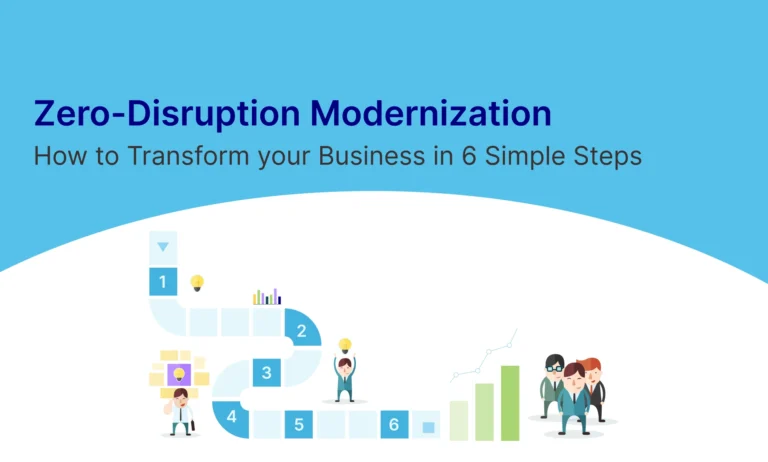Table of Contents
At early-stage companies, teams are usually small and that make it difficult to accommodate a dedicated Product Manager and a engineering team lead. Since start-ups need a faster development cycle, often the engineering lead has to take strategic product decisions. When a single person is responsible for both product and engineering decisions, it is usually a compromise and might not be the right strategic choice for the success of the product.
Combining roles into one might help you initially with iterating new ideas and finding a product-market fit, though after establishing the product-market fit, you have to work on further developing the idea which will require more specialized work such as developing elaborate use cases, user personas problem statements, features, and functionalities, where you need a dedicated product manager.
Also as second nature, engineers are more focused on meeting deadlines which often makes them lose sight of the big picture which can be a big roadblock in the improvement of the product in the future.
Why do you need a Product Manager?
To get a clear picture, it would be better to first ponder on what value addition a product manager provides to the product development process.
Product Managers start with why decisions are made, and how people use the product. It’s also about building a shared understanding within teams. An understanding of customers, their problems, the strategy, and the opportunities.
PMs usually start with a user centric design which is a design approach that focuses on creating products and experiences that meet the needs and preferences of the target customers. It involves considering the customer’s perspective throughout the design process and tailoring the design to meet their needs and expectations. This approach is based on the belief that if the design meets the needs and expectations of the customer, it is more likely to be successful and satisfy the customer. It involves other domain experts, such as UX/UI designers need to be involved as well.
PMs then work on the product roadmap that entails how a product or solution will evolve over time. Roadmaps are developed by involving all the stakeholders. A product roadmap is a shared source of truth that outlines the vision, direction, priorities, and progress of a product over time. It is a plan of action that aligns the organization around short and long-term goals for the product or project, and how they will be achieved.
Product Manager use roadmaps to outline future product functionality and when new features will be released. When used in agile product development, a roadmap provides a crucial outlook for the near future in terms of development work, other functions’ involvement, and benefit to the customer.
Why an external product manager?
Let’s look at six factors that make the case for an external product manager:
- Expertise: An external product manager may bring a specific area of expertise or industry knowledge that the company lacks internally. This can be especially valuable if the company is entering a new market or developing a new product.
- Objectivity: An external product manager may be more objective and unbiased than an internal employee, which can be beneficial when making difficult decisions about the direction of a product.
- Fresh perspective: An external product manager can bring a fresh perspective and new ideas to the company, which can be helpful in generating new approaches to solving problems.
- Resource flexibility: Hiring an external product manager allows a company to have more flexibility in terms of resource allocation. This can be especially useful for companies that need to ramp up their product development efforts quickly or that have limited internal resources.
- Cost-effective: Hiring an external product manager on a project basis can be more cost-effective than hiring a full-time employee, especially if the company only needs product management support on a temporary basis.
- Productivity: an external product manager has to meet specific productivity parameters that make him more proactive and highly outcome based
Common misconception and challenges
Making product decisions outside the team might not sound brilliant at first, as per a common misconception that the team will be dependent on some external person and risks of disconnect between engineers and users but it usually turns out to be the opposite because often external PMs came up with outside of box ideas and big picture view on a product that internal stakeholders haven’t really thought of.
The other reason it could go wrong is the lack of empathy or communication between the product and engineering teams. Especially when product managers could not understand the use cases from the engineering perspective and where engineers could not understand the big picture. It could happen either due to a lack of empathy or communication between the two teams. Anyway, it’s a lose-lose situation for the company. However, this challenge is common for both internal and external PMs.
Summary
Early-stage companies’ initial focus is on the development and engineering efforts to find product market fit which many times makes them lose sight of the big picture of how their product will be accepted at scale and whether it will be equally successful in the long run.
That’s where the external product management team can help early-stage companies to gain momentum and provide a specialized and fresh perspective that comes with the luxury of scaling up and down as per the needs of the business.
At Byteridge, we are helping companies of all stages with their end to end software development needs. Product management is a specialized service that Byteridge offers to help companies get access to the best talent in the product management space with the ability to scale up and scale down as per the their future plans. Please click here to talk to our experts to know more about our product management services.








